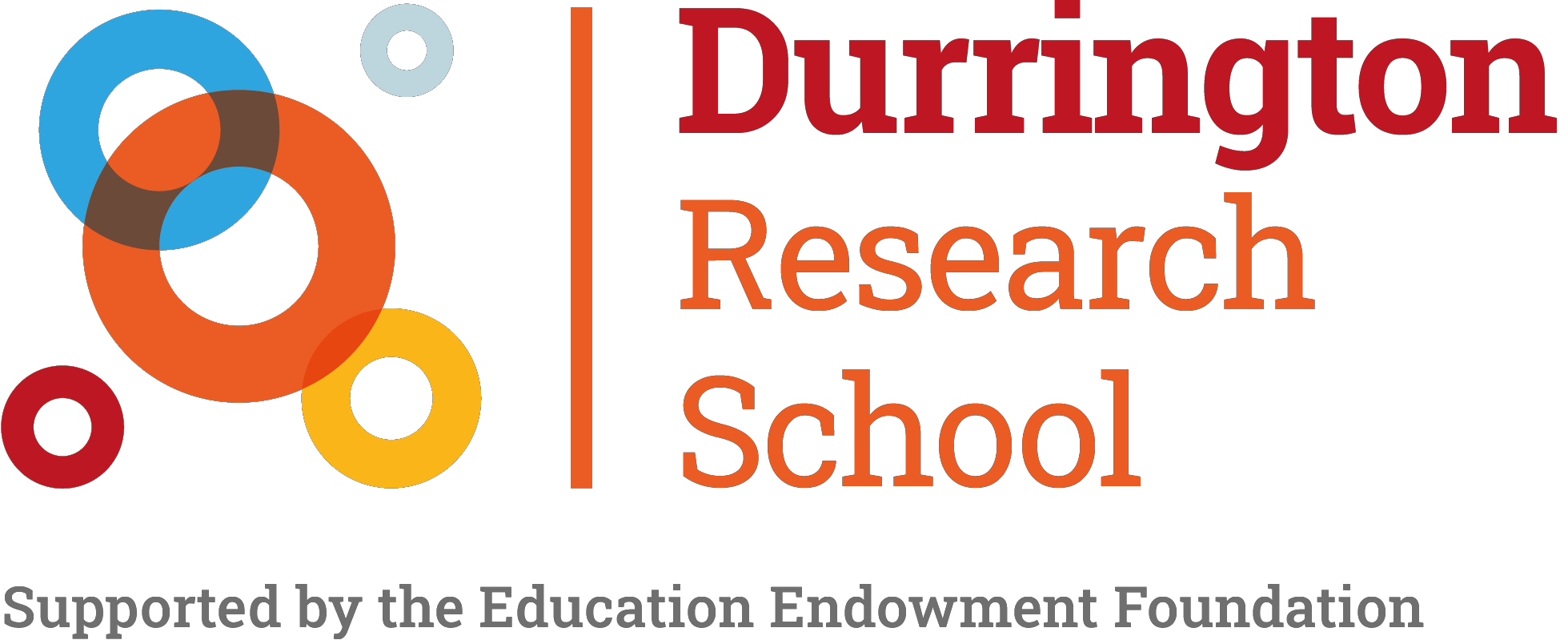
Research School Network: Using Research Evidence to Teach Effective Revision Strategies: Dual Coding
—
Using Research Evidence to Teach Effective Revision Strategies: Dual Coding
Share on:

by Durrington Research School
on the
Here at Durrington, as with many schools, we are busy trying to encourage students to set aside some time every day for effective revision. Shaun Allison recently blogged about our evidence-informed approachs to revision here.
As part of our programme, we have set up a fortnightly masterclass schedule in which subject teams plan and deliver one hour sessions to Year 11s to support the learning that is happening in class. Whilst we believe that the teaching and learning that happens in the classroom is the most significant factor in students’ outcomes, we also want to explicitly teach students independent learning skills so that they become better metacognitive and self-regulatory learners. This is a tall order for a one hour session!
The EEF’s Guide on Metacognition and Self-Regulated Learning suggests that successful learners can organise and effectively manage their learning independently. Teachers need to explicitly teach these skills through carefully designed guided practice and gradual withdrawal of the scaffolding as the student becomes more proficient. The students will need time, effective feedback and, significantly, a range of strategies, all of which they can use well, to choose from for their learning.
One of those strategies is dual coding, which puts into place the modality effect. This is based on the understanding that the working memory is divided into two parts – the auditory and the visual. These two parts can work together at the same time without causing overload. Indeed, Paivio’s dual coding theory goes one step further and suggests that combining verbal and visual input increases learning. The question, therefore, is how can we utilise this understanding for use in revision sessions?
On their website, the Learning Scientists give advice on how to use a very specific revision strategy based on dual coding. Ideally, after explicitly teaching this strategy and ensuring students have plenty of guided practice, the students would be able to work with the same strategy independently away from the classroom.
The strategy is split into several stages which, together, fit neatly into a one-hour slot. This strategy seems to work particularly well for revising conceptual knowledge such as themes, principles and beliefs, as well as for subjects that use a lot of abstract language such as science and maths.
The steps of the strategy are:
- Students find visuals that match class materials. Students have to explain how the visual links to the verbal (text) information from the lesson.
- Next, students explain how the visuals link to the information from lessons without their notes and using their own words.
- Students draw their own visual representations using their notes.
- Finally, students need to retrieve the information by writing out ideas and drawing visual representations with no materials to assist them (retrieval practice).
How might this work in practice?
Imagine that you have a group of students who need to study the theme of conflict in the Shakespeare play Romeo and Juliet.
- For the first stage, you provide students with some images that represent the different types of conflict in the play and a written summary of the plot. The students must explain how the visual images link to the written summary, for example where a type of conflict is found in the play and its effect on the characters and audience.
- In the second stage the students would just have the visual images and would need explain how and where these link to key moments in the play, but this time without the written summary.
- Next, students would draw their own visual representations of the types of conflict found in the play and their effect.
- Finally, the students would write out where and how the theme of conflict occurs across the whole play and draw visual representations of these ideas with no other materials.
As with any approach to teaching and learning, the way in which this dual coding strategy could be used would vary considerably across different subjects. However, the basic premise of explicitly teaching students a strategy using visual and verbal resources is one that can be shared and enjoyed across the curriculum.
References
Allan Paivio, Imagery and Verbal Processes (New York: Holt, Rinehart and Winston, 1971).
More from the Durrington Research School
Show all news

The Evidence Base behind Attendance Interventions
The importance of attendance means that there is a growing demand for a review of the research into attendance interventions.

Metacognition and self-regulation in geography
Head of geography Sam Atkins explains how he has been helping students develop their metacognitive regulation .